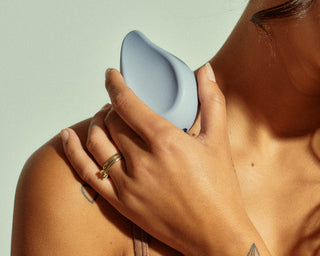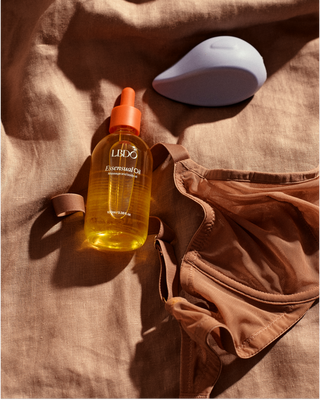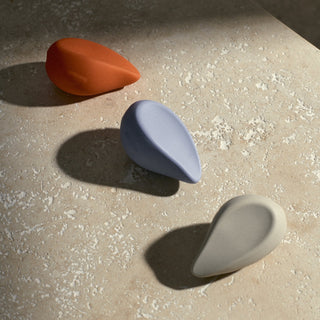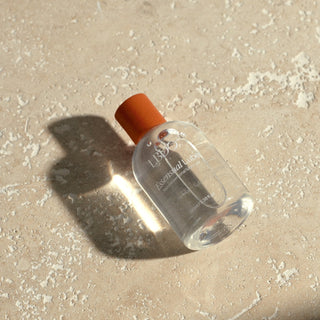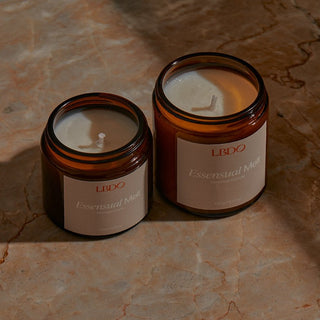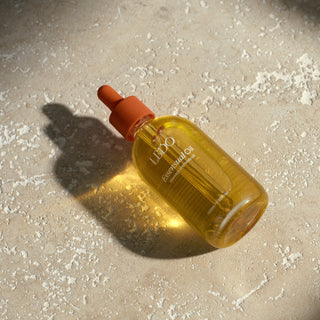The origin story of the vibrator has been retold again and again in TV shows, plays, documentaries and films for the past 20 years. But the tale, as we have come to know it, might not actually be true.
The narrative begins in the 19th century when doctors were treating women for “hysteria”.
For thousands of years, hysteria was understood as a disease afflicting women that evolved to encompass a mess of mental and physical symptoms, before it was finally dropped from the medical profession in 1952. Some now argue hysteria, which had many women institutionalised, sounded a lot like regular old sexual frustration: erotic fantasy, sleeplessness and heaviness in the abdomen, among other symptoms.
Women were discouraged from masturbating in the Victorian era and, like now, not all were experiencing orgasm during penetrative sex with their husbands. So it makes sense that when doctors treated their hysterical patients by massaging their vulva to “hysterical paroxysm”—A.K.A. orgasm—this appeared to relieve them of their condition.
The vibrator supposedly came about because it reduced the time and effort it took for doctors to unknowingly get women off. Thus, they could treat more women and make more money.
This version of history first appeared in 1998 in the book The Technology of Orgasm by American scholar Rachel Maines. In it, she cited several 19th-century sources that apparently proved doctors used vibrators on women’s clitorises to treat their hysteria. Naturally, the vibrator was more efficient than the widespread practice of manual genital stimulation.
This scandalous revelation about our history took off in popular culture and went relatively unchallenged in academia until a few years ago.
Sex historian Hallie Lieberman debunked Maines’ research in her 2017 book Buzz: The Stimulating History of the Sex Toy. When that didn’t kill the myth, Lieberman co-authored another academic article refuting that genital massage was ever a widespread treatment for hysteria, or that vibrators were eventually invented to make the practice more efficient. Lieberman found “not one shred of evidence” in Maines’ sources that physicians used vibrators to mechanise genital massage.
Maines has since said The Technology of Orgasm was only meant to present one “hypothesis” and that she was surprised it took so long for people to question her “slender” evidence. Nevertheless, her theory has embedded itself as fact in Western culture.
So what’s the real history of the vibrator? Let’s stick (mostly) with Lieberman’s painstaking research in her quest to uncover the trajectory of sex toys.
She says English physician Joseph Mortimer Granville did invent the electromechanical vibrator in the 1880s, but not for hysteria or genital massage. Doctors used vibrators mainly for medical treatment of pain and disease. According to Lieberman, some people probably used vibrators in a sexual context from the beginning, but it is impossible to prove.
By the early 20th century, vibrators became pervasive in the mainstream, at least in the US, precisely because their sexual uses were hidden. Vibrator ads for men and women weren’t censored as companies marketed them as scalp and body massagers, muscle builders or even treatments for deafness and disease, all the while coding their sexual possibilities. While dildos were confiscated under obscenity laws, vibrators with dildo-like attachments skated through without prosecution.
It wasn’t until the late 1960s that the vibrator’s masturbatory potential was acknowledged explicitly, although it continued to be sold for nonsexual purposes too. (Hitachi only admitted their Magic Wand had sexual uses in 2013.)
Pioneering pro-masturbation feminist Betty Dodson began leading her Bodysex workshops in New York in the late 1960s. She gathered women together in circles, handed out Hitachi wands and taught them how to masturbate. Second-wave feminists were divided on whether vibrators were good for the movement, but Dodson believed that masturbation and sexual freedom were essential to women’s liberation. She was still holding workshops until this year. Dodson died in October, aged 91.
Dell Williams was so inspired after attending one of the early Bodysex workshops, she founded the first feminist sex-toy store in America, Eve’s Garden, in 1970.
The feminist movement didn’t blast open the gates of shame around the vibrator. The sex toy has continued to evolve and sell around obscenity laws and cultural stigma globally.
One of the most popular models, the Rabbit, was invented in Japan in the 1980s to circumvent laws banning penis-shaped objects. These vibrators mimicked children’s toys in order to enter the market. Sales for the Rabbit exploded when it became a pop culture sensation in America in 1998, after an episode of Sex and the City saw Charlotte get addicted to hers.
Despite the rise of women’s interest in vibrators at this time, traditional sex shops sold sex toys primarily marketed to men to buy for their female partners, displaying women in stereotypically objectified poses on their boxes. Realistic dicks were the prevailing shape of vibrators and other sex toys. In a 2001 Australian documentary Turn Me On: The History of the Vibrator, founder of the Reason (formerly Sex) political party, Fiona Patten (then a sex toy internet retailer) talked about how men would enter the sex shops and ask for vibrators that “looked like them”. Patten said the women buying vibrators for themselves in 2001 much preferred “something that goes with their bedroom décor, and pearls, whirls and feels good”.
Throughout the 2000s, sex toys took on more adventurous, non-phallic shapes like tongues and eggs. With greater consumption also came greater awareness about vibrator safety. For the first time, the International Standardisation Authority announced it would develop official standards for sex toy design and safety in 2019.
The history of the vibrator is complicated and at times hard to decipher because its sexual function was camouflaged for so long. Given sex retailers still offer discreet packaging, safe-for-work names on their receipts and take our sex toys to the tip for us, we’re probably not as liberated as Betty Dodson might have hoped we would be by now.
But with more visibility and awareness, we’re improving the vibrator—and hopefully the potential for everyone’s pleasure, too.

